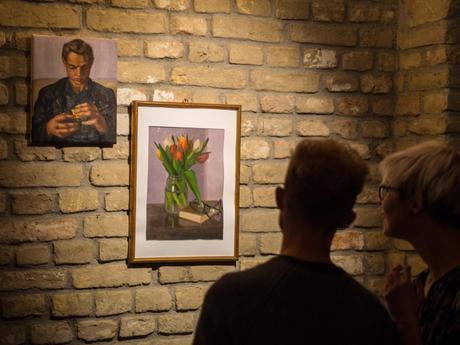
© Ashley Taylor
It was a real delight to show my most recent works in Takt Keller several weeks ago. Dazzling Vienna set the perfect backdrop: its secret cellars and multifariously talented inhabitants simply beg to be combined. The thing about Vienna is, no one ever seems to be only one thing. A physicist is also a concert pianist; an interpreter is also a dancer; a dancer is also a photographer; a biologist is also an artist; an engineer is also a linguist. Everyone seems to have a little extra to give, and it is these overlaps that seem to make conversation fluid and to ignite friendships and partnerships.
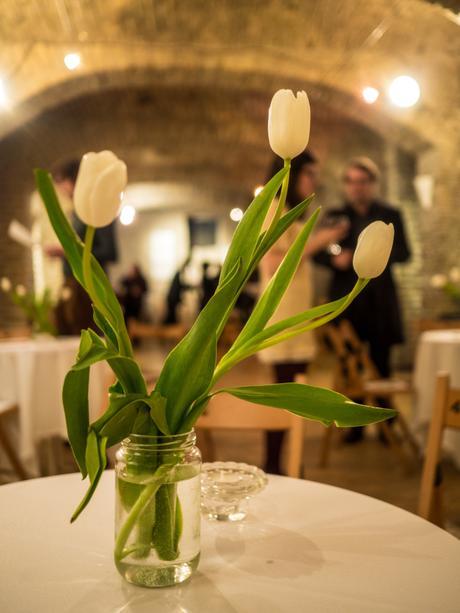
© Ashley Taylor
It was plain to me that an art show in Vienna could not simply be an art show, but should be an immersive aesthetic experience. And so we not only hung our arched brick bunker with paintings and drawings, but flooded it with candlelight, adorned it with understated white flowers, and drenched the air with music—a live piano performance by Pawel Markowicz. A little wine and some gently intelligent conversation transported our unsuspecting guests into a ‘ganz zauberhaft’ evening.
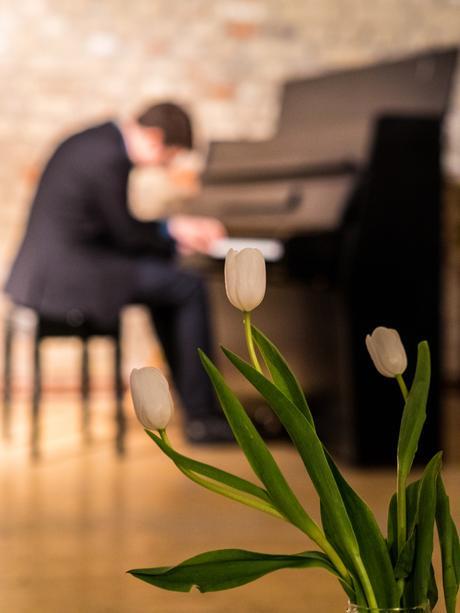
© Ashley Taylor
As I explained on the evening, the show was, from its inception, an invitation into my studio. I wanted to simply share my self-educatory efforts and my grappling with the physical world, with light and space and extended objects, my fledgling steps into the domain of oil-painting, my foundational exercises by which I hope to bolster future imaginative work. I’ve a long way to go to painterly maturity, but perhaps there is something revealing about the stage I am in, and something of intellectual interest to my open-minded friends and acquaintances. I see myself in an intermediate stage—having secured the fundamentals of my craft, and ventured out on my own, I am now taking the impressive pieces in the European galleries as my teachers, building up a tool kit of visual imagery while gleaning everything I can from those who went before. This sort of independent learning is perhaps invisible if not wholly neglected in our time: mainstream art schools strive to teach the inventiveness and fluency that comes only with experience and practice; independent art schools preach realism as an end in itself and produce competent student-painters with limited scope.
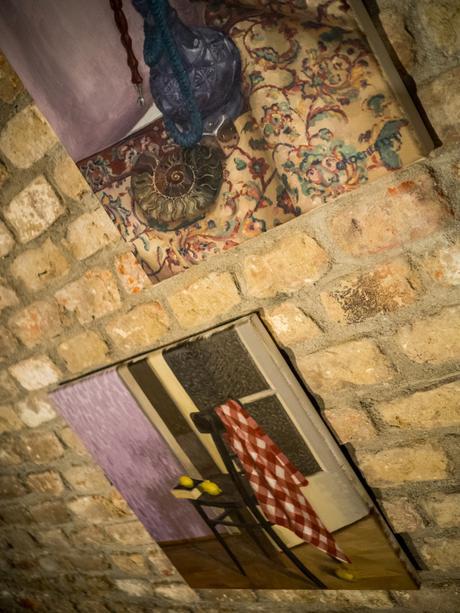
© Ashley Taylor
Joshua Reynolds (1997: 27) neatly summed up the painter’s maturation into three stages some two hundred and fifty years ago: ‘Having well established his judgment, and stored his memory, he may now without fear try the power of his imagination’ (my emphasis). Having laid up some observational skills, I find myself in the phase of ‘amass[ing] a stock of ideas, to be combined and varied as occasion may require’ (1997: 26). I am ‘now in the second period of study, in which his business is to learn all that has been known and done before his own time.’ And as the studious works in the show demonstrated, ‘this period is … still a time of subjection and discipline’ (Reynolds 1997: 26). In a world where students are prematurely ushered into imaginative realms before their technical abilities can support their ideas, or where the over-zealous student and her studio nudes are put upon a pedestal, I am simply happy to invite you to cast your glance over the efforts of a painter somewhere in between. I am not yet free of observation and of subjection to the masters of the past, and my inventive efforts are yet tentative and unsteady. But perhaps my very openness about this is fascinating to art lovers who expect a finished product.
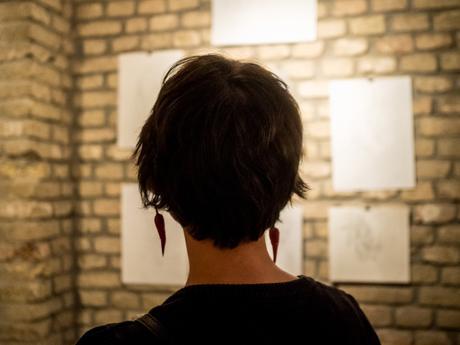
© Ashley Taylor
And so, rather than inviting people into a thinly-disguised shop, I discarded titles, explanatory captions and prices. I gave a short speech in which I drew attention to technical concepts and pointed to my paintings as experiments with these ideas. I spoke briefly about colour as being fundamentally about relationships, and how I had learned so much from simply setting many colours against the purple walls of my Viennese flat. I contrasted form with tone as a method of creating illusory depth, and my motivation for exploring form.
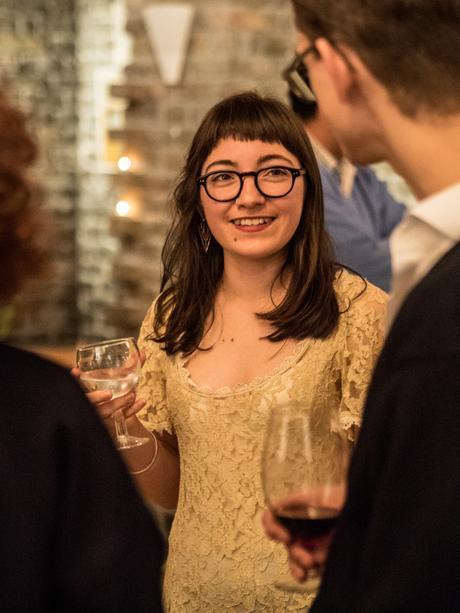
© Ashley Taylor
Given something comprehensible to grasp, people displayed infinite curiosity. Questions no longer revolved around matters of time or money. Instead, people wanted to know, ‘How does that plant look full and round? How does the light come through the windows like that? How do those lemons pop right out, and why does it feel like there is depth and heavy space when there are no shadows?’ Suddenly, I wasn’t defending my income or expounding on tenuously strung-together concepts or even talking about myself. Suddenly, I was having detailed discussions with non-painters about the very building blocks of a painting, about my struggles and my intentions and my motivations. And people seemed pleasantly surprised to understand and even genuinely intrigued by such ideas.
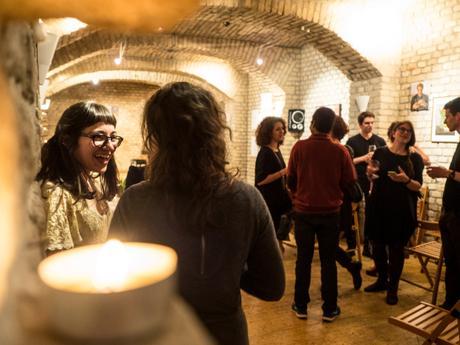
© Ashley Taylor
Indeed, it was satisfying for me to talk about paint and how I use it, for that is where most of my own thinking is directed, far more than into motifs and messages and missions. For anyone might try to decode symbols, but not everyone is privy to the secret life of paint, and as John Dewey (1934: 199) argues, in paint, ‘media and esthetic effect are completely fused.’ And he (1934: 199) is none too kind on ‘critics who tell us how they feel without telling or knowing in terms of media used why they feel as they do,’ nor on ‘persons who identify gush with appreciation.’ It was satisfying to me to help people appreciate just what it was that had so caught their attention, to equip them with a way to speak intelligently about what they saw, to express their impressions about painting in a meaningful way.
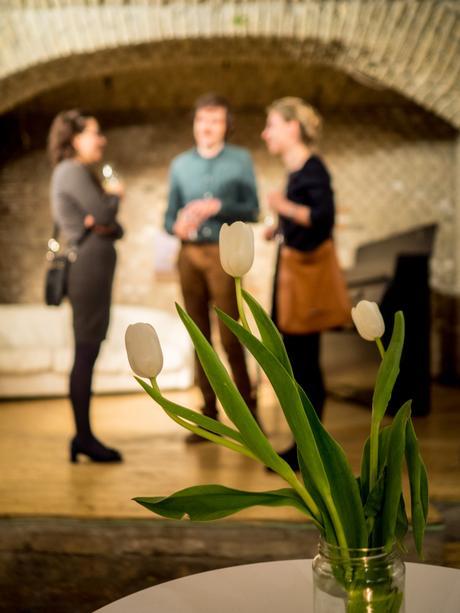
© Ashley Taylor
While Dewey (1943: 199) concedes that ‘it is true that artists seem themselves often to approach a work of art from an exclusively technical standpoint,’ he defends our bias thus: ‘for the most part, they so feel the whole that it is not necessary to dwell upon the end, the whole, in words, and so they are freed to consider how the latter is produced’ (1943: 200). It was incredible to invite people to look at my pictures in this way. It was liberating to draw attention to these pictures as steps toward something else—without qualifying them, without aggrandising them, only presenting them as the result of my recent investigations.
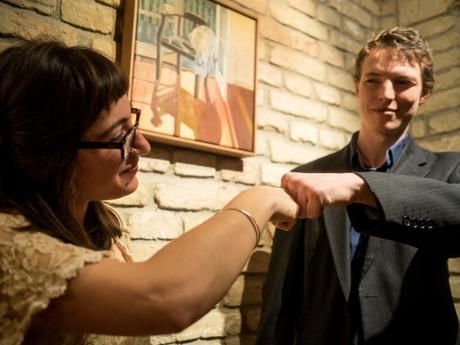
© Ashley Taylor
Dewey, John. 1934. Art as experience. Minton, Malch & Company: New York.
Reynolds, Sir Joshua. 1997. Discourses on art. Ed. Robert R Wark. Yale: New Haven.
Vielen Dank to Jacques Pienaar and to Kathrin Buczak for this fantastic opportunity! x

